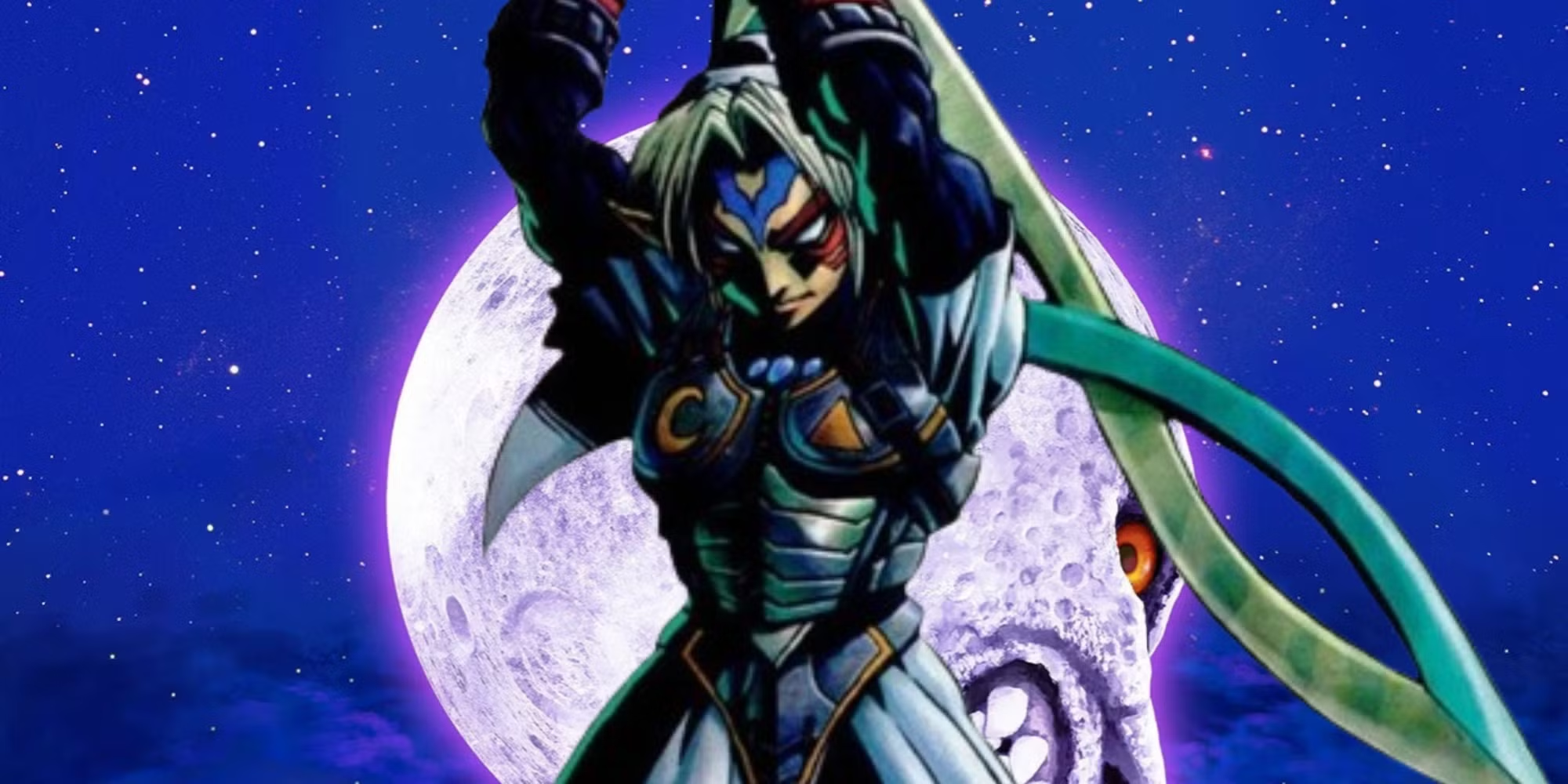Fierce Deity Link — Unleashing the Power Within
Fierce Deity Link is a legendary transformation from The Legend of Zelda: Majora’s Mask. When young Link dons the enigmatic Fierce Deity’s Mask, he becomes a divine warrior of immense strength—towering in stature, armed with a massive double-helix sword, and brimming with mysterious power. This form has become a fan-favorite for its striking appearance and the immense lore surrounding it.
⚡ What Is Fierce Deity Link?
Fierce Deity Link is unlocked in Majora’s Mask by collecting all 20 non-transformation masks and trading them to the Moon Children. Once Link wears the mask, he transforms into a powerful adult-like warrior, though this form is only usable in boss battles. According to Zelda Wiki, the transformation turns Link into a manifestation of Termina’s divine wrath—possibly even a godlike figure.
The Fierce Deity Mask itself may represent a counterforce to Majora’s Mask, channeling the emotions, memories, or even the collective suffering of Termina’s people, as discussed by fans on Reddit.
🛠 Abilities & Gameplay Mechanics
When transformed into Fierce Deity Link, Link gains access to god-tier abilities:
-
Wields the Fierce Deity Sword, capable of shooting energy beams that inflict massive damage. These beams are particularly deadly when Z-targeting enemies, making most boss fights trivially easy.
-
Moves faster and jumps higher than regular Link, improving overall combat fluidity.
-
Does not carry a shield, as his raw offensive power more than compensates for defense.
As noted on Zelda Dungeon, this form can deal 4× to 8× more damage per hit than standard attacks, explaining why it’s restricted to boss rooms—likely for balance reasons.
🌌 Origin & Lore
The true nature of the Fierce Deity remains deliberately vague. Some theories suggest the mask embodies a wrathful god or even Link’s repressed power. In the Himekawa Zelda manga, this form exhibits emotionless brutality, further fueling speculation about its moral ambiguity.
Discussions on GameFAQs suggest that the Fierce Deity design may have initially been intended for Adult Link, but evolved into a more mystical, mythic form during development.
It’s also theorized that the mask’s energy may be a fusion of Termina’s collective grief and hope—making Fierce Deity Link a symbol of balance between destruction and salvation, much like wrathful deities in Buddhist mythology.
🎮 Other Game Appearances
Though its roots are in Majora’s Mask, Fierce Deity Link has reappeared in several other Zelda titles:
-
In Hyrule Warriors, he becomes a playable character during Focus Spirit, even slicing the Moon in half—a nod to his Majora’s Mask origins, as described on Zelda Wiki.
-
In Breath of the Wild, players can unlock the Fierce Deity Armor and Sword via the Majora’s Mask amiibo, though without energy beams (Zelda Archive).
-
In Tri Force Heroes, the Fierce Deity costume fires multiple sword beams and prevents knockback during spin attacks, offering a fun homage to the original transformation.
-
In Majora’s Mask 3D, he also appears in the fishing hole, giving players a minor non-combat interaction with this form.
🧠 Fan Theories & Community Insights
-
One of the most popular fan theories is that the mask channels the collective spirits of Termina, which is why Link becomes almost divine. This concept is explored in depth on the Zelda subreddit.
-
The emotionless nature of Fierce Deity Link could signify not just immense power, but also a loss of humanity—a reflection of the burden Link carries throughout the game.
-
Others propose that the transformation mirrors the internal duality of Link himself: childlike innocence versus the responsibility of a hero.
🏆 Why Fierce Deity Link Matters
Fierce Deity Link isn’t just a gameplay mechanic—it’s a symbolic reward for completionists and a storytelling device wrapped in mystery and power. His appearance marks a major tonal shift in the game and provides a cathartic release after the emotional depth of Majora’s Mask.
His legacy endures not only because of his overwhelming strength, but also because of the philosophical questions he raises: Is he a hero empowered by love and loss, or a weapon of divine retribution?
